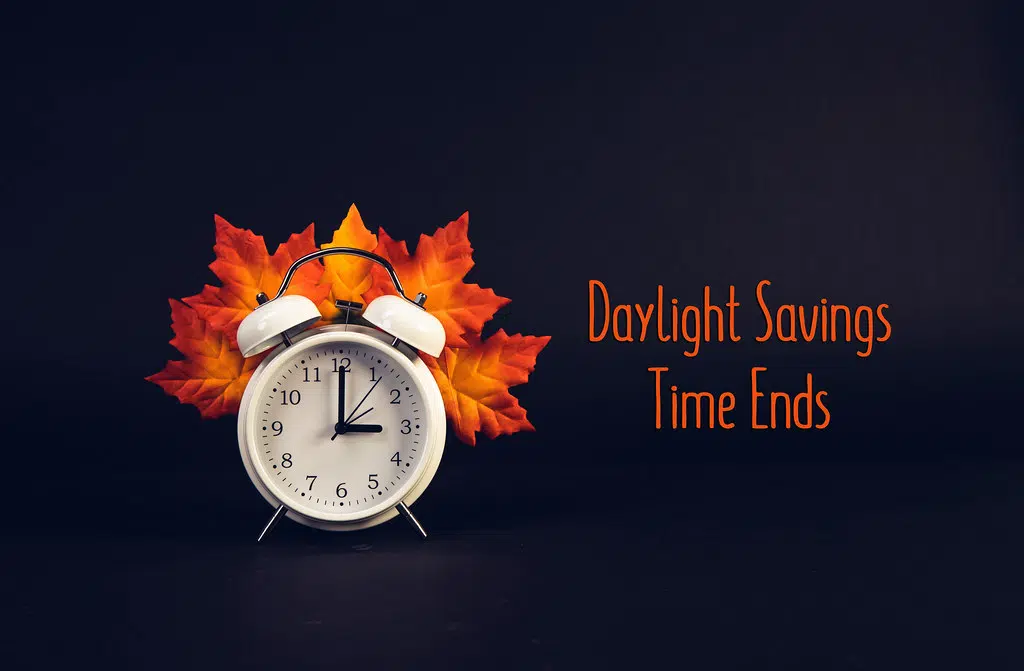KEARNEY — People’s internal clock will need to take time to adjust thanks to the end of Daylight Savings Time (DST) on Sunday, Nov. 5 as people set their clocks an hour back.
The practice of DST in the United States started in 1918 and has been contested and debated since.
One of the first Americans to propose something like DST was Benjamin Franklin, although it is thought to have been more of a joke than a serious proposal.
Franklin wrote in his essay, “An Economical Project for Diminishing the Cost of Light,” written to the editor of the Journal of Paris, observed the people of Paris could save on candles by getting out of bed earlier in the morning and making use of natural rather than artificial light.
One of the first places to implement DST was Imperial Germany during the First World War. To conserve fuel, Germany began observing DST on May 1, 1916. Many European countries began to follow suit.
This was not adopted in the United States until the Standard Time Act of March 19, 1918. The idea was unpopular, and Congress abolished DST, even overriding President Woodrow Wilson’s veto.
DST then became a local option and was observed in some states until World War II when President Franklin Roosevelt instituted a year-round DST called, “War Time,” which started on Feb. 9, 1942, and lasted until Sept. 30, after the Japanese surrender.
From 1945 to 1966 there was no federal law on DST and communities could choose when it began and ended or decide to drop it entirely.
In 1954 only California and Nevada had statewide DST west of the Mississippi. 21 of the 48 contiguous states had no DST anywhere.
By 1962 the transportation industry found the lack of consistency in the enforcement of DST confusing and pushed for federal regulation.
The result was the Uniform Time Act of 1966. The law was set to begin in 1967. DST would begin in April and end in October. States could exempt themselves from DST so long as the entire state did so.
There was much debate about adopting DST. Gov. Norbert Tiemann of Nebraska wrote to the Omaha World Herald on Jan. 30, 1967, “Nebraska should adopt daylight saving time so the state can be in step with the rest of the nation. Nebraska cannot stand alone,” Tiemann said. “I know there are segments of our economy that will suffer because of daylight saving time,” he said, “but conversely there are people in the economy today who are suffering as a result of Nebraska’s not being on daylight saving time.”
In 1967 Arizona and Michigan became the first states to exempt themselves from DST, although Michigan would begin observing in 1972. DST is not observed by Hawaii and American territories overseas.
During the 1973 oil embargo Congress enacted a trial period for year-round DST to begin in 1974 to save on fuel.
The trial was a source of debate as some said it gave more time for recreation, reduced lighting and heating demands, reduced crime, and automobile accidents. Others were concerned about children leaving for school in the dark. The trial ended in 1975 and normal DST resumed.
In 2005 the Energy Policy Act extended DST to start in April starting in 2007.
This extension was praised by the United States Chamber of Commerce due to the amount of shopping and commerce after work in the evenings. The extension also had a notable impact on Halloween and candy sales.
DST officially ends on Sunday, Nov. 5 and clocks will be set backward one hour.

